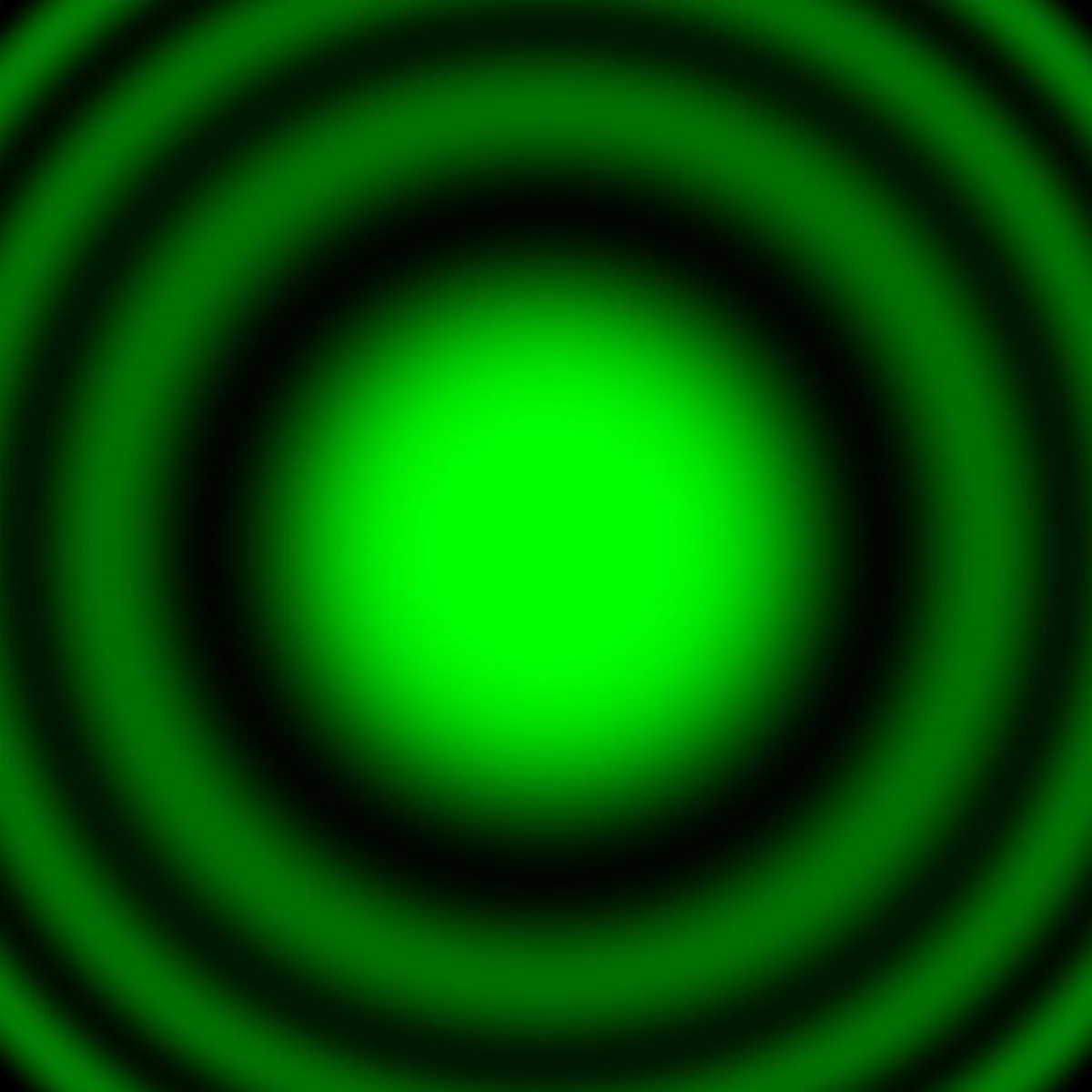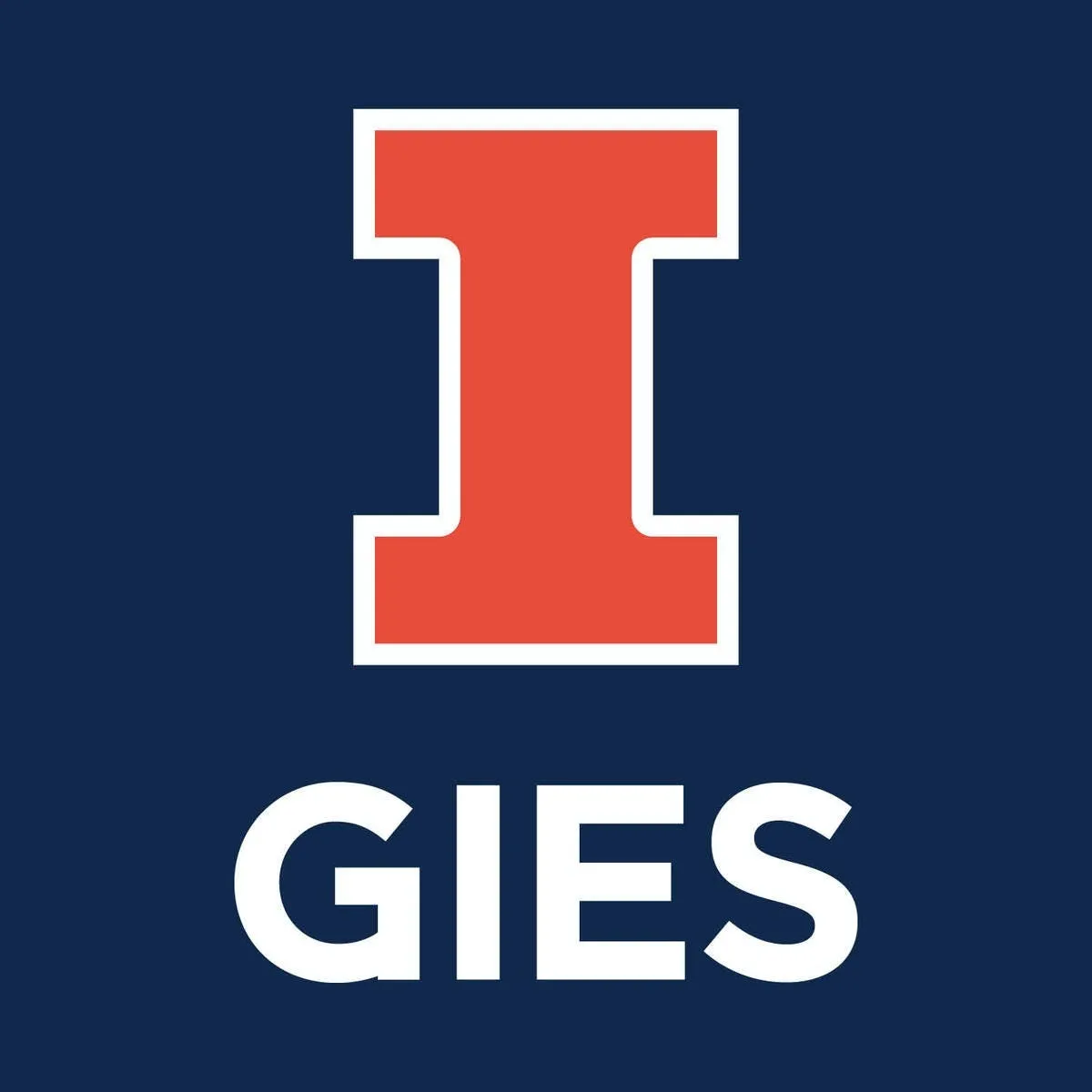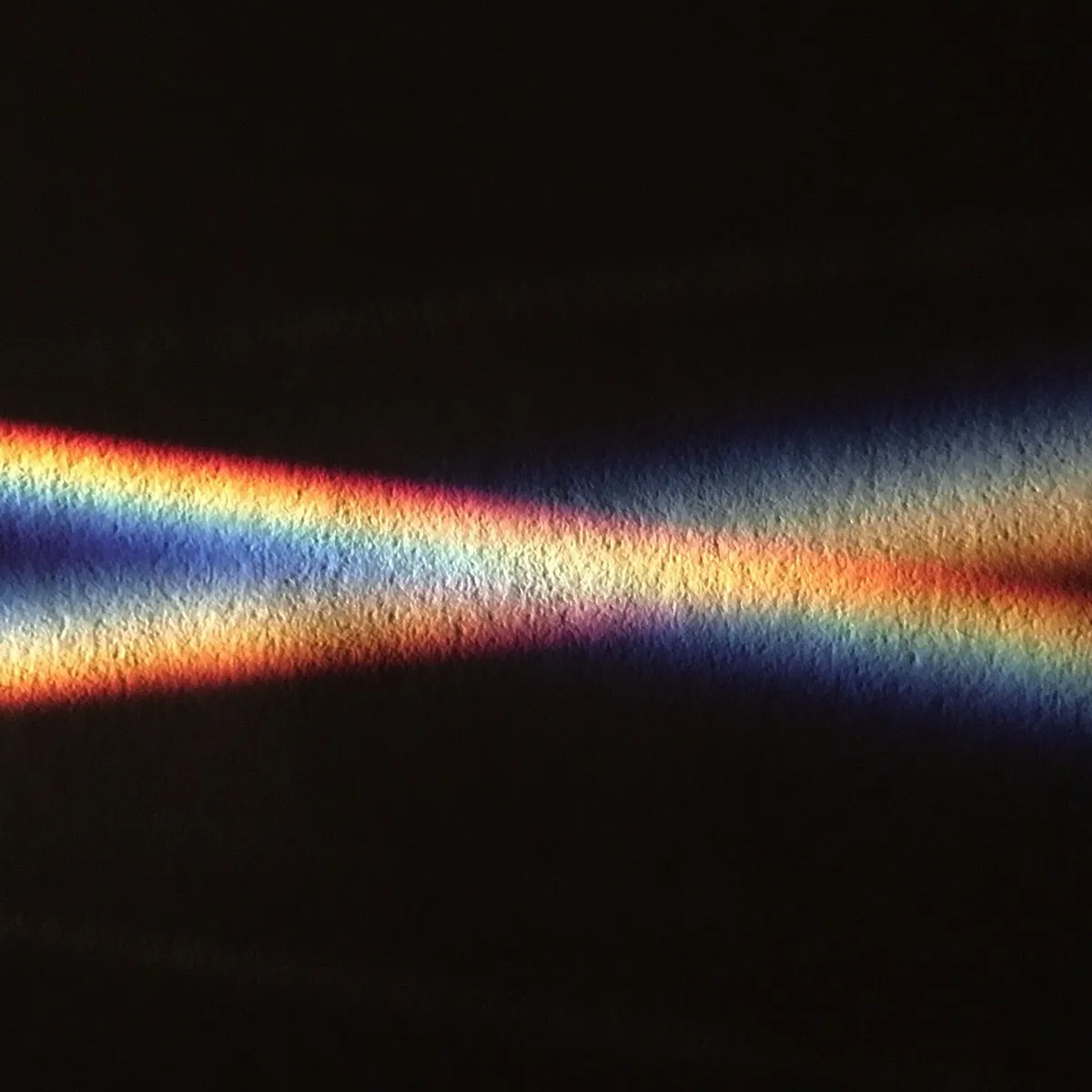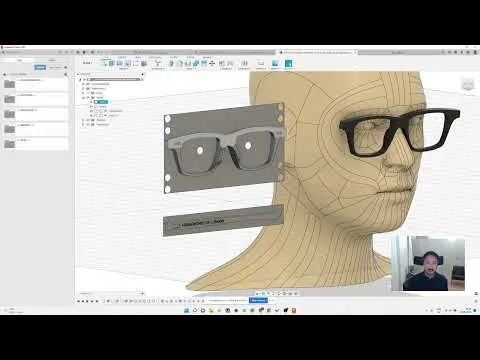
Optical Efficiency and Resolution 
Discover the secrets behind optical efficiency and resolution in this captivating course. Whether you're an aspiring engineer or simply curious about the inner workings of optical instruments, this course is perfect for you. From eyewear to telescopes, you'll gain the skills to design cutting-edge optical systems using simple mathematical and graphical techniques. Dive into the fascinating world of Gaussian beams and incoherent sources, and unlock the mathematical background needed to create optical systems with the desired field of view and resolution. Plus, you'll get hands-on experience with OpticStudio, the industry-standard design tool. Don't miss out on this opportunity to enhance your knowledge and skills in optical engineering. Enroll today! ▼
ADVERTISEMENT
Course Feature
![]() Cost:
Cost:
Free
![]() Provider:
Provider:
Coursera
![]() Certificate:
Certificate:
Paid Certification
![]() Language:
Language:
English
![]() Start Date:
Start Date:
17th Jul, 2023
Course Overview
❗The content presented here is sourced directly from Coursera platform. For comprehensive course details, including enrollment information, simply click on the 'Go to class' link on our website.
Updated in [September 25th, 2023]
What does this course tell?
(Please note that the following overview content is from the original platform)This course can also be taken for academic credit as ECEA 5601, part of CU Boulder’s Master of Science in Electrical Engineering degree.Optical instruments are how we see the world, from corrective eyewear to medical endoscopes to cell phone cameras to orbiting telescopes. This course will teach you how to design such optical systems with simple mathematical and graphical techniques. The first order optical system design covered in the previous course is useful for the initial design of an optical imaging system but does not predict the energy and resolution of the system. This course discusses the propagation of intensity for Gaussian beams and incoherent sources. It also introduces the mathematical background required to design an optical system with the required field of view and resolution. You will also learn how to analyze these characteristics of your optical system using an industry-standard design tool, OpticStudio by Zemax.We considered the value of this course from many aspects, and finally summarized it for you from two aspects: skills and knowledge, and the people who benefit from it:
(Please note that our content is optimized through artificial intelligence tools and carefully reviewed by our editorial staff.)
What skills and knowledge will you acquire during this course?
During this course, students will acquire the following skills and knowledge:
1. Designing optical systems: Students will learn how to design optical systems using simple mathematical and graphical techniques. They will understand the principles behind designing optical instruments such as corrective eyewear, medical endoscopes, cell phone cameras, and telescopes.
2. Propagation of intensity for Gaussian beams: Students will learn about the propagation of intensity for Gaussian beams and how it affects the energy and resolution of an optical system. They will understand the mathematical concepts and calculations involved in analyzing the intensity of Gaussian beams.
3. Analysis of incoherent sources: Students will learn how to analyze the characteristics of incoherent sources in optical systems. They will understand the mathematical background required to design an optical system with the desired field of view and resolution.
4. Use of OpticStudio by Zemax: Students will learn how to use OpticStudio, an industry-standard design tool, to analyze the characteristics of their optical system. They will gain hands-on experience in using this software to evaluate the efficiency and resolution of their designs.
Overall, this course will provide students with the necessary skills and knowledge to design optical systems with optimal efficiency and resolution.
Who will benefit from this course?
This course will benefit individuals interested in or working in the field of optical engineering or electrical engineering. It is particularly relevant for those involved in the design and development of optical instruments, such as corrective eyewear, medical endoscopes, cell phone cameras, and telescopes.
Professionals in industries such as optics, photonics, imaging, and telecommunications will find this course valuable for enhancing their understanding of optical system design. It will provide them with the necessary mathematical and graphical techniques to design optical systems with the desired field of view and resolution.
Students pursuing a Master of Science in Electrical Engineering degree at CU Boulder can also take this course for academic credit. It will contribute to their specialization in optical engineering and provide them with the skills and knowledge required for designing efficient and high-resolution optical systems.
Course Provider

Provider Coursera's Stats at AZClass
Discussion and Reviews
0.0 (Based on 0 reviews)
Explore Similar Online Courses

Accounting for Mergers and Acquisitions: Foundations

Design of High-Performance Optical Systems

Python for Informatics: Exploring Information

Social Network Analysis

Introduction to Systematic Review and Meta-Analysis

The Analytics Edge

DCO042 - Python For Informatics

Causal Diagrams: Draw Your Assumptions Before Your Conclusions

Whole genome sequencing of bacterial genomes - tools and applications

Beginners Eyewear Design Pop-up Class #2+3: Frame tracing&Face scan&Smart design&Adjustability

Beginners Eyewear Design Pop-up Class #1: Intro to Fusion 360 + very helpful Q&A session


Start your review of Optical Efficiency and Resolution